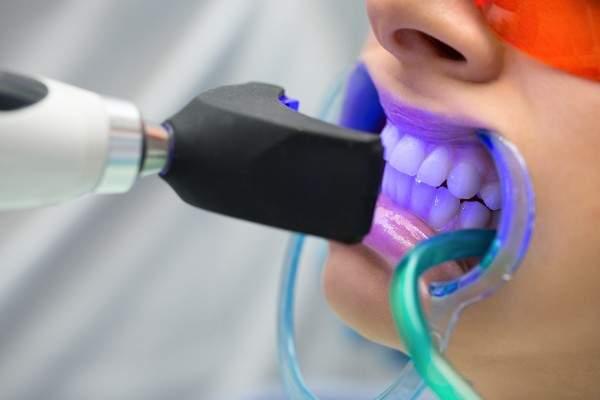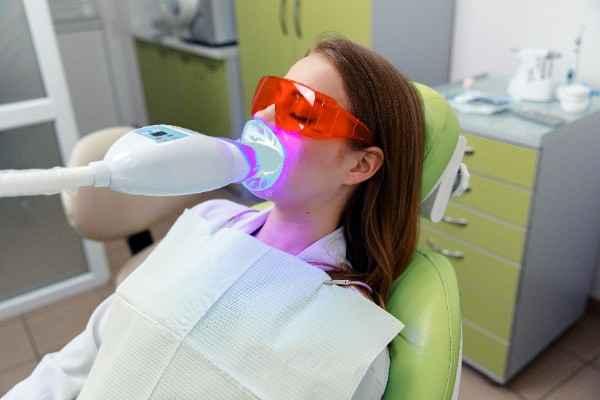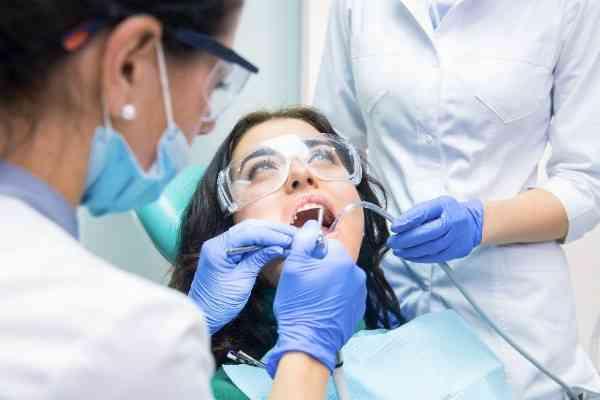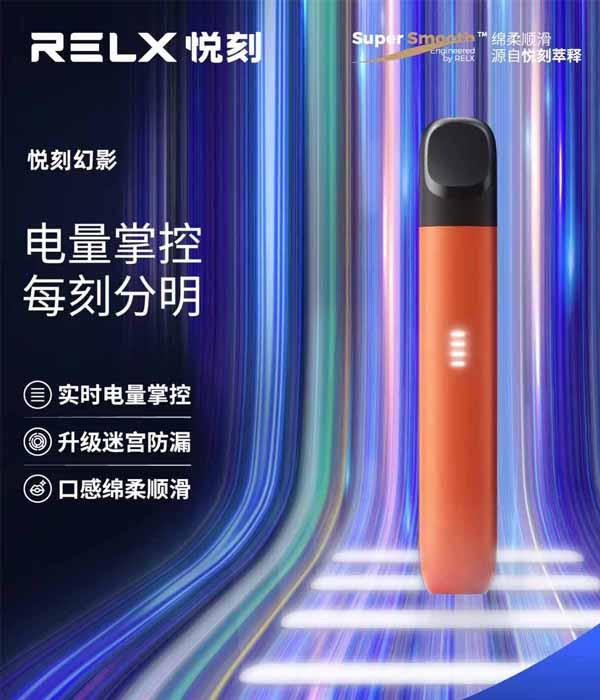Can Whitening Lights Really Work? Key Facts You Should Know

A radiant smile has long been associated with confidence and charm. In recent years, cosmetic dental treatments have gained immense popularity, with teeth whitening topping the list. Among the various whitening options available, light activated kits have sparked both curiosity and scepticism. From celebrity endorsements to high street availability, whitening lights have become a common feature in both at home kits and professional dental clinics.
But amidst the glossy marketing and bright blue lights, one question persists: Do whitening lights genuinely work, or is it all just clever packaging? This article explores the truth behind the technology, separating science from sales hype, to help you make an informed decision.
What Are Whitening Lights?
Whitening lights, commonly LED or UV based, are popular tools in both at-home kits and professional teeth whitening Worthing treatments. They don’t whiten teeth on their own but enhance the effects of peroxide-based whitening gels for improved results.
Key points:
-
Emit blue light to activate bleaching agents
-
Act as a catalyst to accelerate the whitening process
-
Used alongside hydrogen or carbamide peroxide gels
-
Included in many DIY and in clinic treatments
Though these lights do not contain bleach themselves, their role is to enhance results by triggering faster chemical reactions, potentially offering quicker, more noticeable improvements in tooth colour.

How Do They Claim to Work?
The science behind whitening lights lies in simple chemistry. Hydrogen peroxide, the active ingredient in most whitening gels, breaks down more rapidly into water and oxygen radicals when exposed to light and heat. These oxygen radicals are what actively break apart stain molecules on and beneath the enamel surface, leading to a brighter smile.
Key highlights:
-
High intensity LED lights are often used by dental professionals for enhanced results
-
Some systems use UV or halogen lights, but these are less common in home kits due to safety risks
-
Over the counter kits usually include low intensity LEDs, which may offer more visual appeal than true whitening power
While effective in professional settings, not all whitening lights deliver the same results, especially when comparing in clinic equipment to lower powered at home devices.
The Role of Hydrogen Peroxide in Whitening
Regardless of the lighting system used, hydrogen peroxide remains the star ingredient in teeth whitening. It's a powerful oxidising agent that penetrates the enamel to break down complex stains caused by coffee, wine, smoking, and ageing.
Let’s break down the chemical action:
|
Ingredient |
Function |
|
Hydrogen Peroxide |
Breaks into oxygen radicals to remove stains |
|
Carbamide Peroxide |
Slower releasing alternative to hydrogen peroxide |
|
Light (LED/UV) |
Accelerates breakdown of peroxide in some cases |
The effectiveness of the whitening process hinges more on peroxide concentration than on the light itself. A higher percentage of peroxide (usually found in in clinic treatments) will yield quicker, more noticeable results.
Do Whitening Lights Actually Help?
The theory behind whitening lights is supported by basic chemistry, and dental professionals agree they may help, but only when used alongside a strong peroxide gel and correct technique. Real world results, however, can vary.
Key points to consider:
-
LED lights may lead to slightly quicker or brighter outcomes
-
Clinical studies show only marginal improvements with light use
-
Most noticeable results occur when high concentration peroxide gels are used
-
Over the counter kits in the UK often contain low peroxide levels due to legal limits
-
Lights alone, without an effective gel, deliver little to no improvement
In essence, while whitening lights may play a role, they are not the star of the show. It’s the peroxide gel that truly drives the whitening process.
Video link: Brighten Your Smile with Professional Teeth Whitening in Worthing!
Pros and Cons of Whitening Lights
To help you weigh your options, here’s a simple breakdown:
Pros
-
May accelerate whitening when combined with effective gels.
-
Often included in professional dental treatments.
-
Easy to use and visually appealing.
Cons
-
Effectiveness heavily depends on peroxide concentration.
-
Some over the counter lights are purely cosmetic.
-
Risk of gum or tooth sensitivity if used improperly.
-
Limited clinical evidence of dramatic effects.
Professional Whitening vs At Home Light Kits
There’s a big difference between seeing a professional and using an at home kit from your local pharmacy or online retailer.
|
Aspect |
Professional Whitening |
At Home Light Kits |
|
Peroxide Concentration |
High (up to 6% in the UK) |
Low (usually <0.1% due to regulations) |
|
Supervision |
Conducted by qualified professionals |
Self administered |
|
Equipment Quality |
Medical grade LED or UV lights |
Basic LEDs, often low power |
|
Results |
Fast and long lasting |
Gradual, often subtle |
|
Safety |
Closely monitored |
Risk of misuse or irritation |
Those searching for noticeable, long lasting outcomes may benefit more from seeing a dentist in Worthing, who can offer tailored treatments using high quality equipment and gels.
On the other hand, home kits are more affordable and convenient, but often fall short in terms of strength and safety. For minor surface stains or a quick refresh, they may suffice, but expectations should be realistic.
Is It Worth It?
Is investing in whitening lights worth it? The answer isn’t one size fits all. Their effectiveness depends largely on how and where they’re used.
Consider the following:
-
Whitening lights may enhance results if paired with dentist grade peroxide gels
-
Over the counter kits with weak gels often fail to deliver noticeable changes
-
The key component isn’t the light, it’s the gel’s chemistry
-
Flashy gadgets can mislead if not supported by clinical expertise
Consulting a dentist in Worthing ensures personalised recommendations based on your dental condition. If you’re aiming for a brighter, healthier smile, trust professional insight over online trends. When safety and lasting results matter, expert care will always outshine gimmicks.

Conclusion
Whitening lights have carved out a place in modern cosmetic dentistry, and while they may offer some enhancement to the whitening process, they are not miracle workers. The real power lies in the gel, especially its peroxide concentration, and the method of application.
Understanding what’s behind the science, and separating it from marketing, can save you time, money, and potential disappointment. When in doubt, it’s best to consult an expert before beginning any whitening treatment. And if you’re serious about brighter teeth, professional options available in Worthing are well worth considering.







